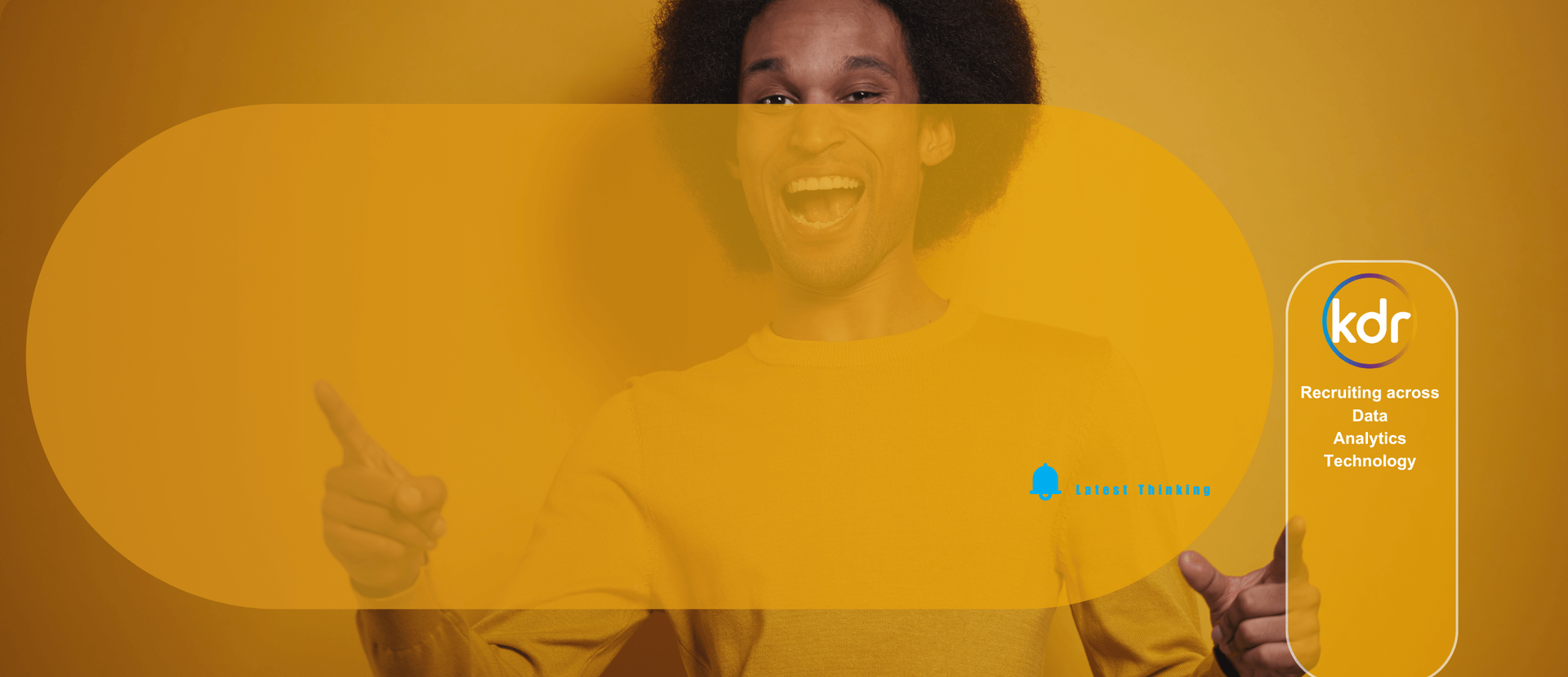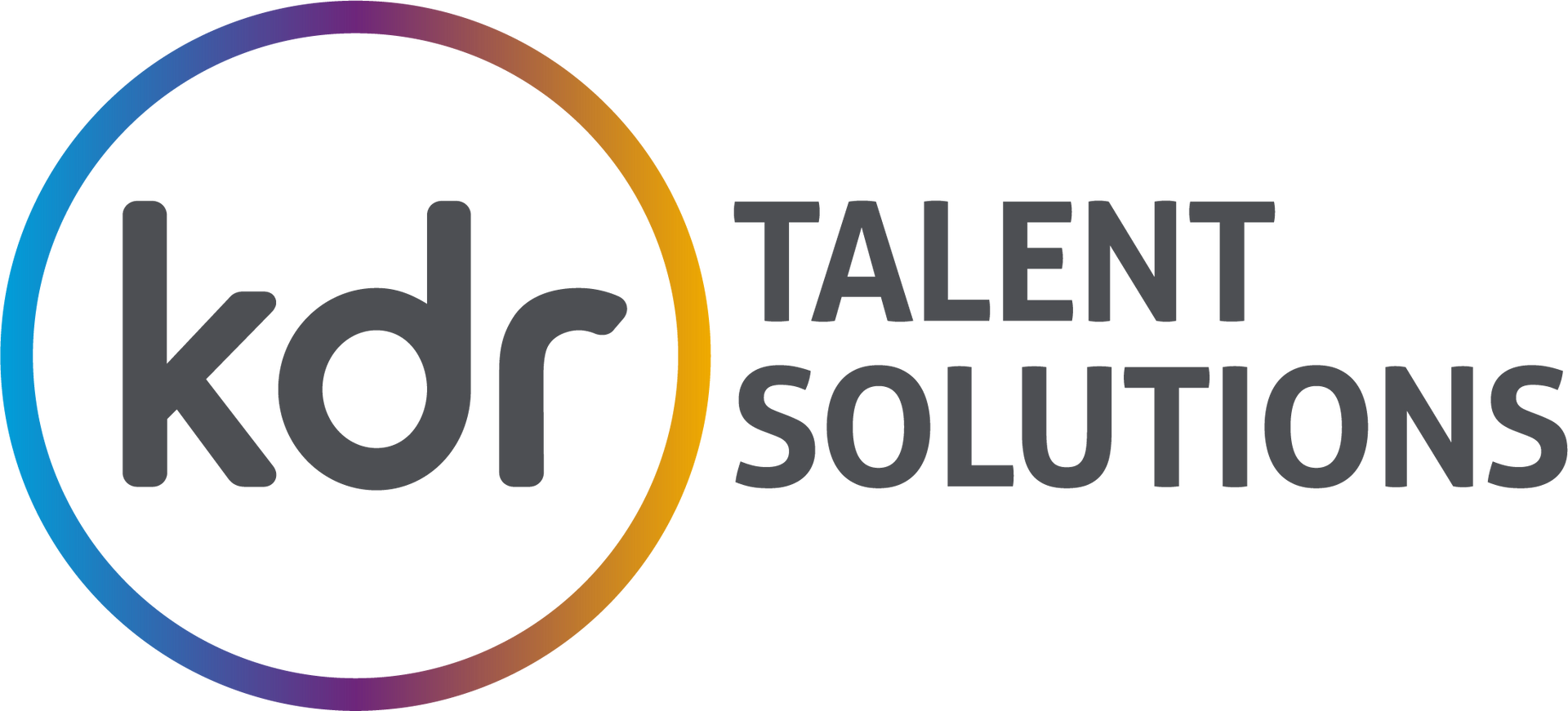Demystifying the Data Recruitment Process
Defining the Data Recruitment Process

The process of recruiting the right talent for data-related positions can be quite challenging, my article aims to demystify the data recruitment process. I will explore the various aspects of this process, discuss common challenges and provide solutions and best practices.
Defining the Data Recruitment Process
During our free talent strategy assessment, we discovered that companies often undermine their own success due to flawed processes. As boring as it sounds, processes are the absolute basics and backbone to any good recruitment strategy. Get this right, you increase your success rates, get these wrong and you lose good people, not only new recruits but also existing staff (through frustration at either vacancies remaining unfilled, and projects being delayed – or through the added workload of the recruitment cycle that never ends).
Like most things, the first stage of any successful process lies in the preparation stage.
Preparing for Recruitment
Before diving into the data recruitment process, it is essential to have a clear strategy. Define the roles you need to fill, the skills required and the goals you want to achieve through data analysis. Running a mini workforce planning exercise is useful if you have the time and expertise. It helps you to define your starting point, eliminate any legacy expectations for roles and where the growth lies. If you don’t have the expertise/time we (or any decent recruitment partner) can help.
Identify key stakeholders.
Scenario 1
Talent acquisition team, hiring manager, candidates
Scenario 2
Recruitment partner, hiring manager, candidates
Scenario 3
Talent acquisition team, recruitment partner, hiring manager, candidates
Getting the chain of communication bang on becomes more important the more functions that are added to the process. Regardless of who is involved, we would suggest creating a process that flows as follows:
Stage 1
Thorough briefing of role requirements, current and future projects, current team set up and reporting lines, timelines, and expectation setting.
Identify hiring panel (and provide training on unconscious bias if required)
Stage 2
Run weekly progress reports on the pipeline, submitted candidates, profile accuracy, next steps.
Interwoven into stage 2 will be the interviews. Make sure to include timely feedback into the process.
Stage 3
Candidate engagement. Depending on the role, there can sometimes be quite a period between an offer being accepted and the start date. Keeping candidates engaged is important so set up some automated messages which drip feed company information to the candidates. If you have a recruitment partner, they will cover this off for you, regularly checking in with candidates to ensure they are fully engaged and excited about the new role and your business.
Deep dive into recruitment stages.
Identifying Key Data Requirements
Identifying the specific data requirements of your organisation is crucial. This includes understanding the type of data you need, the tools required for analysis and the skills and experience that candidates should possess.
Identifying technology
Technology throughout the recruitment cycle creates a much smoother process. There are many value add technologies you can use but ensuring that you have a mix of AI, automation and data analytics throughout the process will lead you to the best results.
Sourcing Data Talent
Once you've identified your data needs, it's time to source the right talent. Depending on where your team is at, there may be a flow of roles to fill – it could be you need to focus on the strategy first, in which case hiring a senior role first would be a good idea, then adding in analysts and other roles. Regardless of the order, the first point of call is to make sure the job description is inclusive (check for gender bias words), is relevant and showcases the businesses commitment to data, plus all the benefits (make sure to include career progression in this and check out our
state of data report for the most sought after candidate requirements of 2023/4).
The next stage is to look at the best place to post your job: think about where the community hangs out and get promoting! As a side note here, work with your marketing/digital/HR team to ensure that your company EVP (employee value proposition) is well reflected across all your digital assets and any Glassdoor or Google reviews are responded to (especially if negative). If you want to make sure you are competitive, running salary benchmarking exercises and some quick competitor analysis will tell you where you are at. A good recruitment partner can be invaluable at this stage as they can save you time by conducting the afore mentioned analysis for you.
Interviewing and Selecting Candidates
The interview process should be rigorous, but not too onerous. You need a compromise between getting a good understanding of technical and soft skills as well as team fit, balanced against consideration for candidates’ time and motivation. If the stages/requirements are too onerous it turns candidates off, so whilst you could argue that the most dedicated and motivated will commit, there are a heck of a lot of very talented candidates who simply don’t have the time (work and family commitments) and if your competitors have a shorter interview stage process then you will lose out. We polled our candidates and found out that the most preferred interview process would be a two- stage process. Testing both technical skills and soft skills such as problem-solving and communication is a good idea but some companies potentially go too far and expect candidates to complete hours and hours of technical testing.
Select candidates who not only meet the job requirements but also align with the company culture. As a side note, company culture doesn’t necessarily mean everyone needs to be the same. Think about what your team is missing (as this brings diversity) and if necessary speak to your recruitment partner about using cultural assessment tools to help eliminate group thinking and create a diverse but harmonious team. Stick to your identified interview stages, going off-piste and adding in extra stages, will help you to lose good candidates. Communicate the process clearly to candidates from the off.
Feedback
After each interview stage, get feedback from and provide feedback to the candidate. This can be done via a recruitment partner, talent acquisition team or via the hiring manager, depending on the set up. Recruitment partners add value in many ways for example saving time, money and covering off candidate motivations and current commitments and expectations which saves time during the negotiation phase and mitigates dropouts. Timings for feedback is really important. One huge mistake companies make is not providing timely feedback, losing candidates interest in the process.
Timings in general
Aside from timely feedback, timing frameworks throughout the process are important to keep to. Good candidates often have 2 or 3 options in process, so you are literally in a race against your competitors. I am not saying to rush the process but definitely define and execute the process as communicated to help manage candidate expectation and engagement.
Onboarding and Training
After selecting candidates, it's essential to provide proper onboarding and training to ensure they can seamlessly integrate into your organisation and contribute effectively.
Final word
Recruitment processes can be as intricate as you make them. Getting the basics right makes a huge difference. As a bare minimum, use planning, definition and communication as your corner stones.






